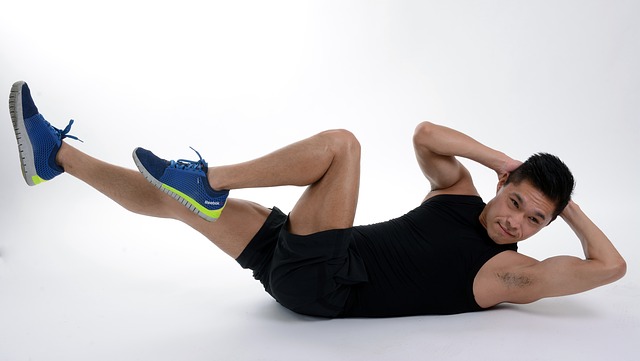Why you need a functional core
What is a “Functional Core”?
Often times when someone is told they need to incorporate more “core work” into their training, their instinct is to begin a marathon routine of crunches and sit-ups. These movements or exercises will make some of the muscles of your abdomen stronger, but not functional.
How often do you mimic the motion of a crunch/sit-up on a daily basis anyway? Hardly ever. This brings me to the answer to the question of “What is a ‘functional’ core’”?
A functional core is one that provides stability to the torso when moving via anti-extension (prevents arching of the lower back) and anti-lateral flexion (bending side to side). In other words a functional core will prevent movement, instead of promoting it.
The benefits of having a functional core
A functional, stable core is essential to successful and pain free running. If the core is not working properly excess motion can come from the pelvis (hip area) and spine creating “energy leaks,” or points within a movement where energy is lost during the conveyance of force into the ground. This means that when running, instead of putting 100% of your energy into the ground to move yourself forward you are losing some of it through excess motion resulting in slower running times and early fatigue.
An unstable or weak core can also result in lower back pain due to the allowance of more motion through the lower spine than what was intended (which is also a sign of weak or inhibited glute function).
8 Exercises to Improve Core Stability:
To improve the core strength and stability of runners, there should be a focus on exercises that promote the activation of the deep abdominal muscles that are going to help stabilize the spine, hips, and upper body. These are the anti-extension and anti-lateral flexion exercises previously mentioned.
Below is a progression to develop a strong stable core which will help optimize performance and reduce the risk of injury. Each exercise gets progressively more difficult, as does the chance of performing it incorrectly.
Make sure the glutes (your butt) and abs stay engaged throughout the duration of the exercise so that there is no pain in the lower back. Move onto the next progression only when you feel confident that you have mastered the previous exercise.
Anti-Extension Exercises:
Anti-Lateral Flexion:
Want to start living healthier? Claim your free assessment!
About the Author
Stephen has been in the fitness industry since 2012. He entered the field with a base knowledge of strength and conditioning and simply wanting to help people get into better shape. Now his passion is to help individuals move better, feel better, and exude confidence, and tenacity not just in the gym but in every aspect of life. In his spare time he can be seen roaming around Wilmington on his road bike exploring new areas and businesses, trying new brews from the local breweries, or being more inconspicuous, spending time at home working on various projects.


